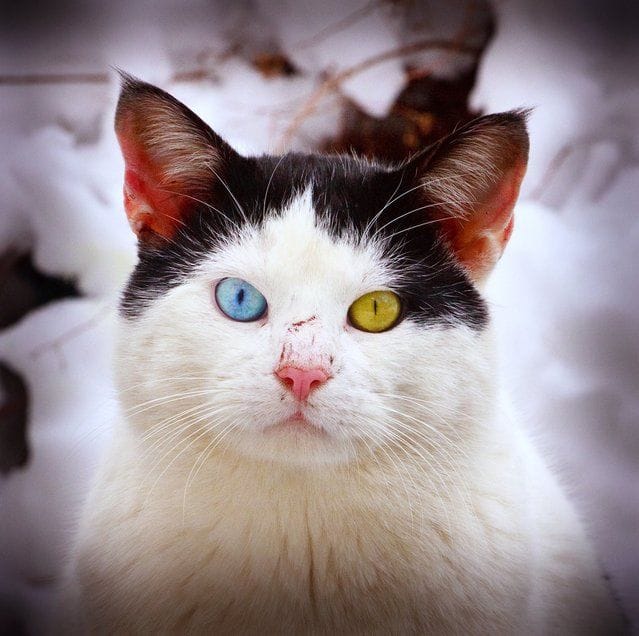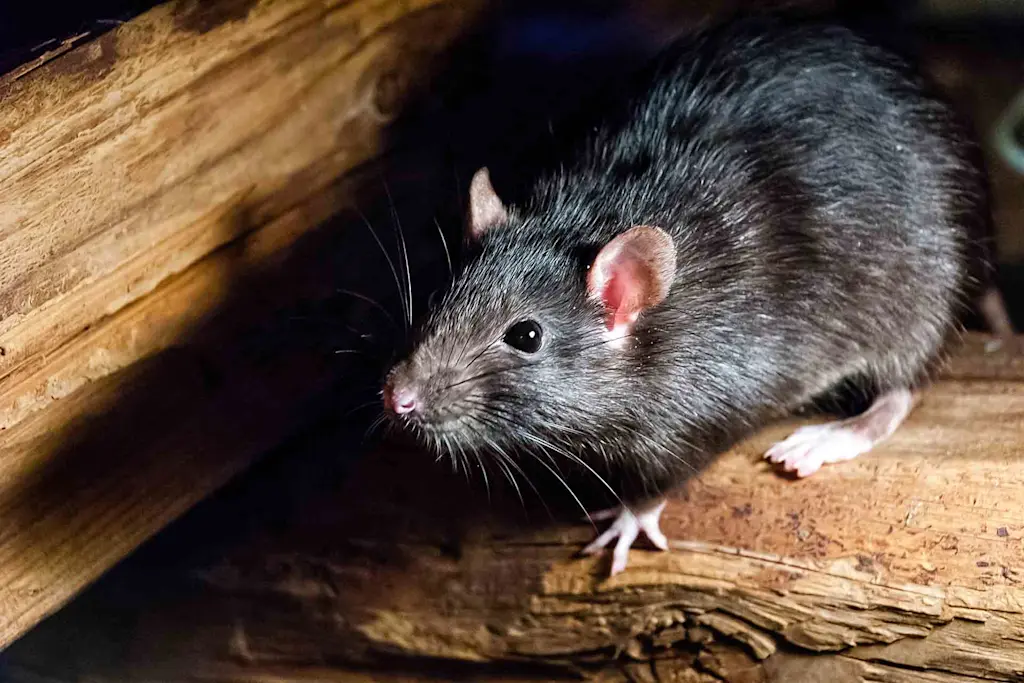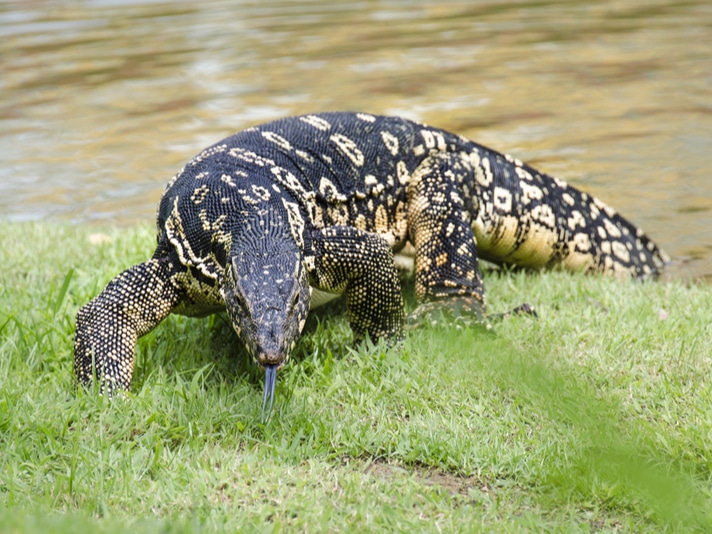Pets, particularly dogs and cats, can exhibit a fascinating variety of eye colors, including heterochromia, where one eye is a different color from the other. This phenomenon is not only visually striking but also reflects the complex genetic factors that influence eye color in animals. Here’s a comprehensive exploration of why some pets have different eye colors and the genetic and biological factors behind this trait.
Introduction to Eye Color in Pets
Eye color in pets, like in humans, is primarily determined by genetics. The genes responsible for eye pigmentation are inherited from parents, which explains why certain breeds are more likely to have specific eye colors. For example, Siberian Huskies and Australian Shepherds are known for their bright blue eyes, while many domestic cats display a range of colors from green to amber.
Genetic Factors:
Melanin: The pigment melanin plays a crucial role in determining eye color. Animals with more melanin have darker eyes, while those with less melanin have lighter eyes.
Breed-Specific Traits: Certain breeds are predisposed to specific eye colors due to their genetic makeup. This is a result of selective breeding practices that emphasize particular traits.
Heterochromia in Pets
Heterochromia, or having eyes of different colors, is more common in animals than in humans. This condition can be complete, where each eye is a different color, or partial, where one eye has multiple colors.

Causes of Heterochromia:
Genetic Factors: Heterochromia is often hereditary, resulting from genetic variations that affect melanin distribution in the eyes.
Injury or Illness: In some cases, heterochromia can be acquired due to injury or certain eye conditions.
Breeds Prone to Heterochromia:
Dogs: Breeds like Australian Shepherds, Dalmatians, Huskies, and Shetland Sheepdogs are more likely to exhibit heterochromia.
Cats: Breeds such as the Turkish Van, Japanese Bobtail, Persian, and Sphynx cats often display heterochromia.
Eye Color Variations in Cats
Cats exhibit a wide range of eye colors, including yellow, amber, hazel, green, orange, copper, and odd-colored eyes. The rarity of these colors varies, with some being more common in specific breeds.
Types of Cat Eye Colors:
Yellow and Amber: Found in breeds like the Bengal and British Shorthair.
Hazel: Common in breeds such as the Abyssinian and Scottish Fold.
Green: Seen in breeds like the Egyptian Mau and Norwegian Forest Cat.
Orange: Found in breeds such as the Devon Rex and Maine Coon.
Copper: Characteristic of breeds like the Japanese Bobtail and Chartreux.
Eye Color Variations in Dogs
Dogs primarily have brown eyes, but some breeds can display blue, green, or yellow eyes. The prevalence of these colors is influenced by genetics and breeding practices.
Types of Dog Eye Colors:
Brown: The most common eye color in dogs, resulting from high melanin levels.
Blue: Found in breeds like Siberian Huskies and Australian Shepherds, often associated with low melanin levels.
Green and Yellow: Less common but can occur in certain breeds.
The Science Behind Eye Color
Melanin comes in two forms: eumelanin, which produces brown and black pigmentation, and pheomelanin, responsible for red and yellow pigmentation. The interaction between these melanin’s and the way light reflects off the iris influences the perceived eye color.
Genetic Basis:
Genetic Variations: Specific genes control the production and distribution of melanin in the eyes.
Inheritance Patterns: Eye color is inherited from parents, with certain breeds being more prone to specific colors due to their genetic makeup.

Conclusion
The diversity of eye colors in pets is a fascinating aspect of their anatomy, influenced by genetics and breeding practices. Heterochromia, in particular, adds a unique charm to pets, making each individual more distinctive. Understanding the genetic and biological factors behind eye color can help appreciate the complexity and beauty of these traits in our beloved companions.
Additional Insights:
Evolutionary Perspective: The variation in eye colors among domesticated animals is largely a result of selective breeding, which has led to a wider range of colors compared to their wild ancestors.
Health Considerations: While heterochromia is generally not associated with health issues, any sudden changes in eye color should be checked by a veterinarian to rule out underlying conditions.
Genetic Testing: Advances in genetic testing can help identify the genetic factors influencing eye color in pets, providing insights into their ancestry and potential health risks.



